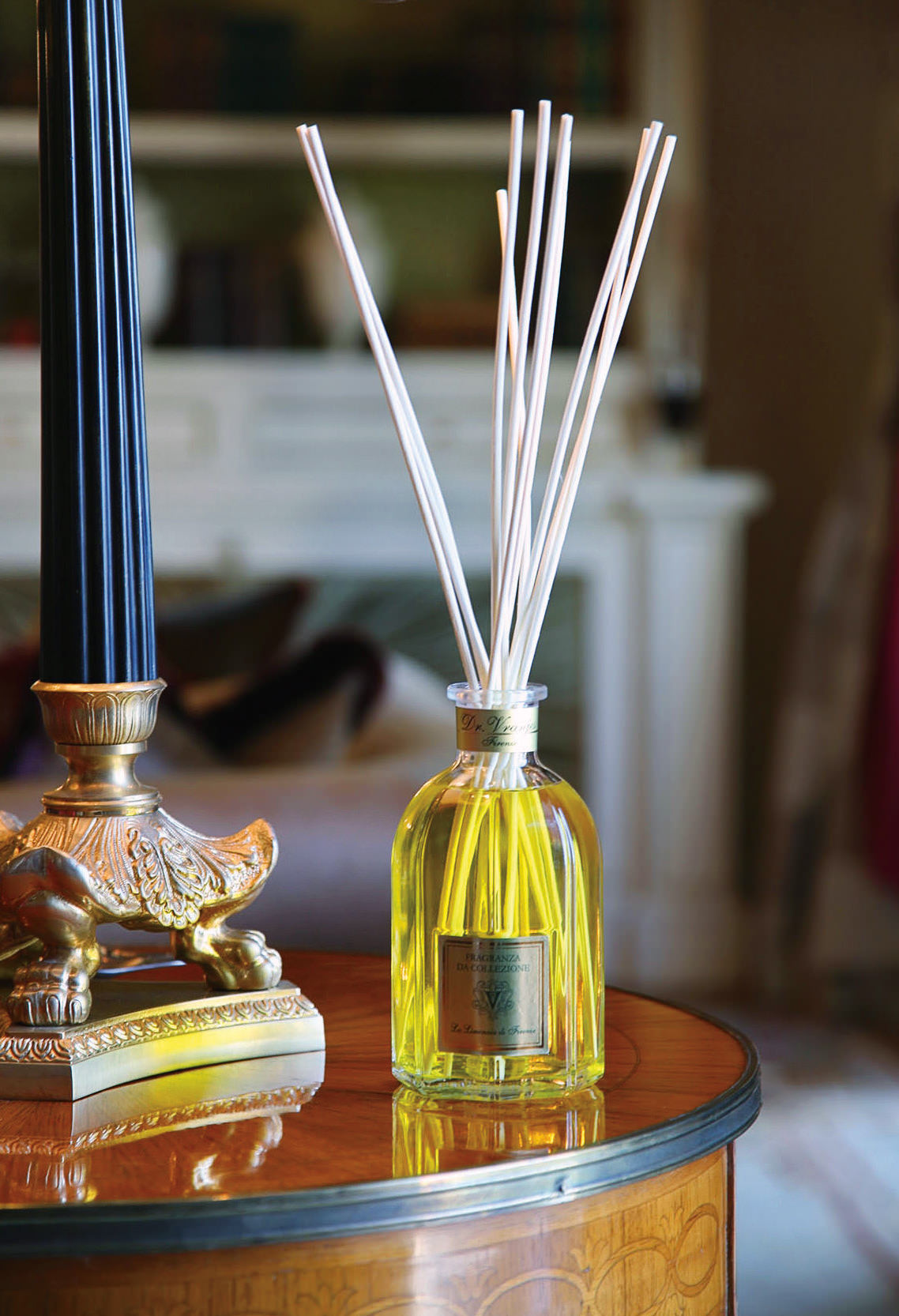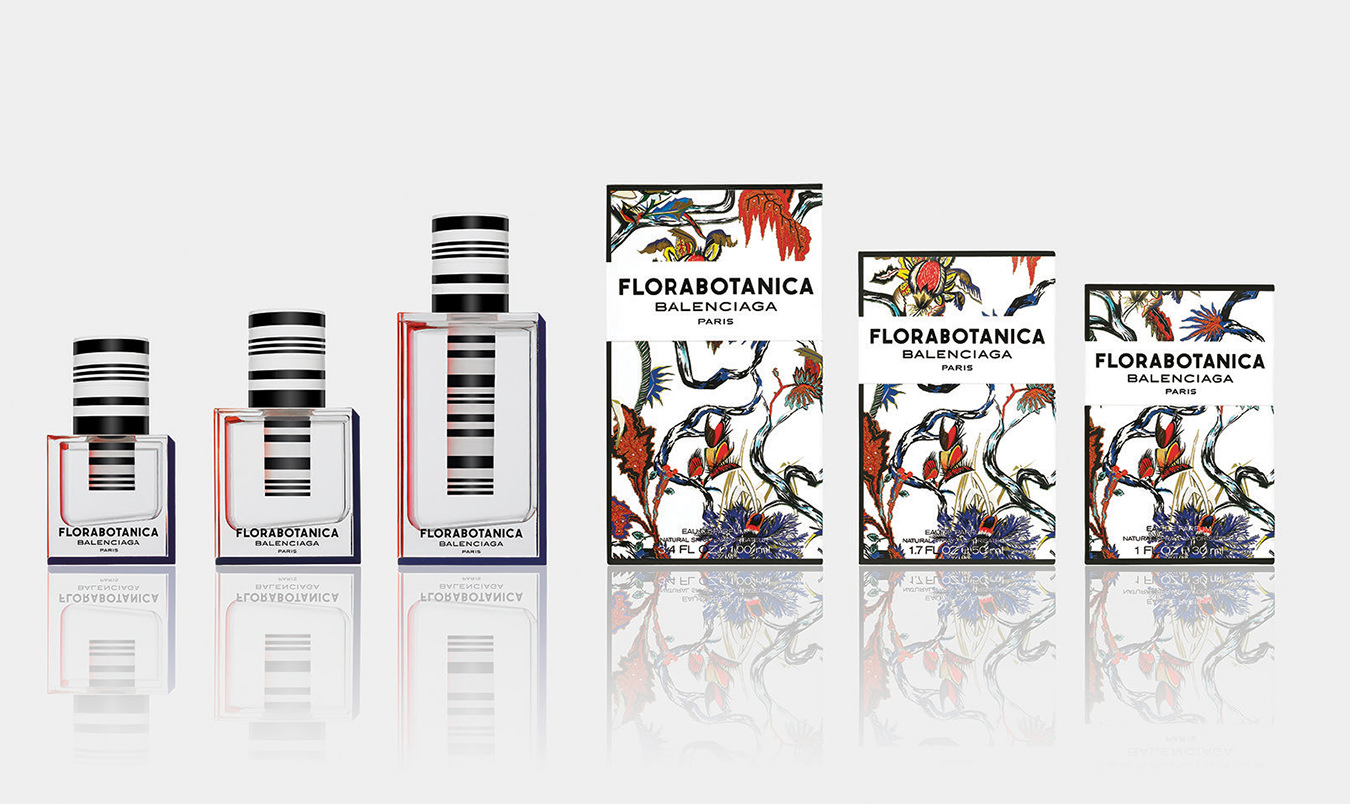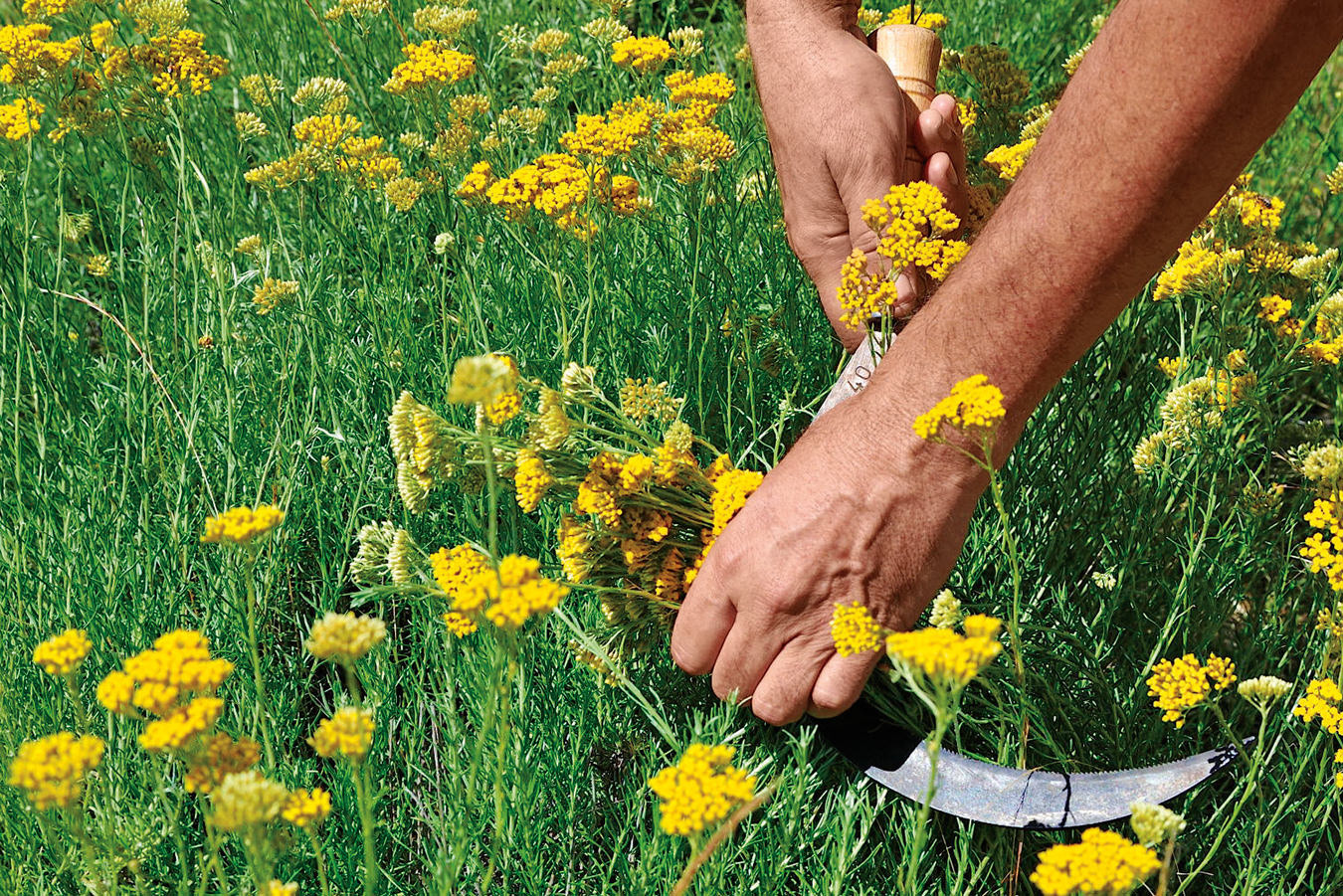-
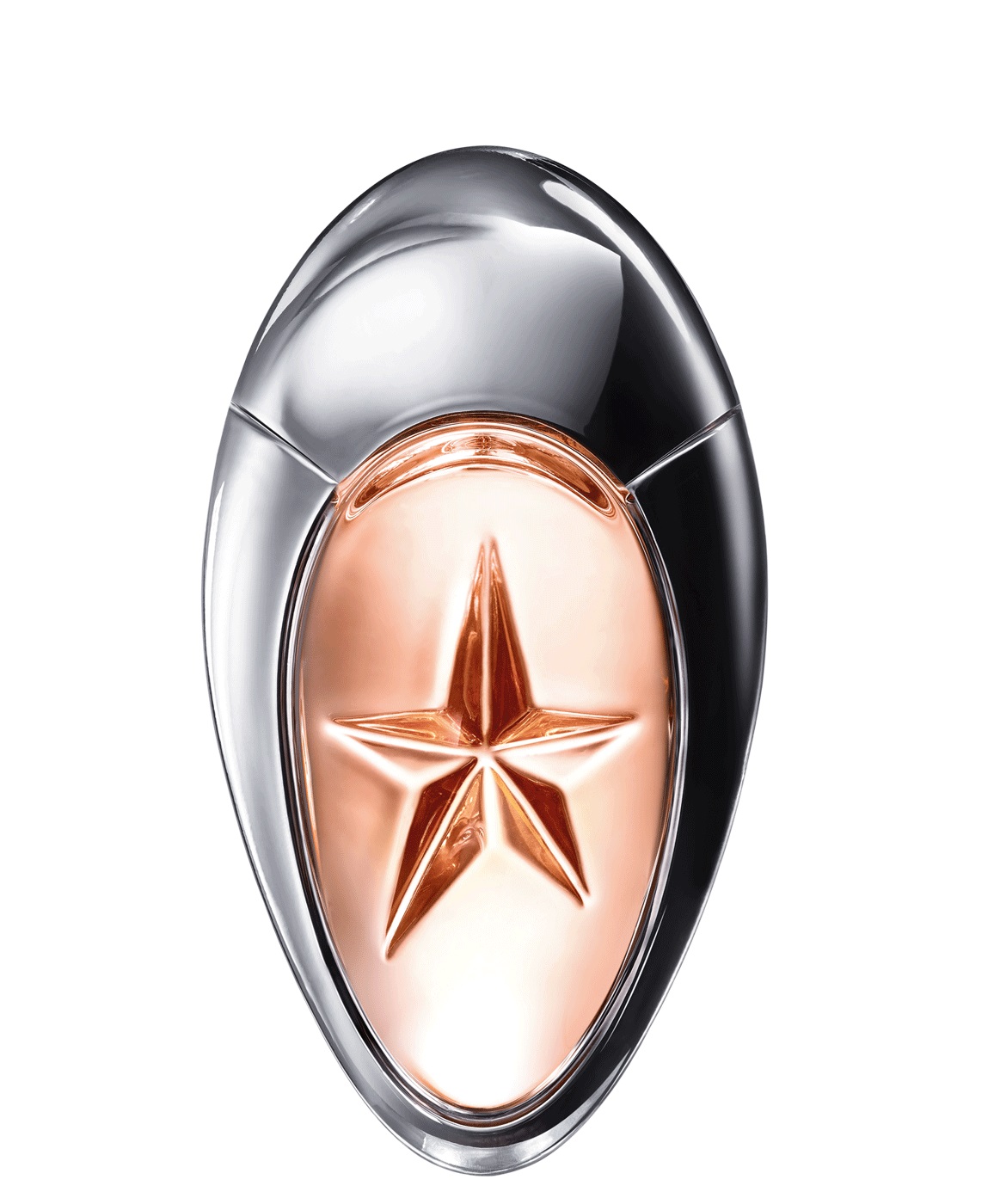
Angel Muse by Thierry Mugler. Notes of grapefruit, pink peppercorn, hazelnut cream, vetiver, and patchouli.
-
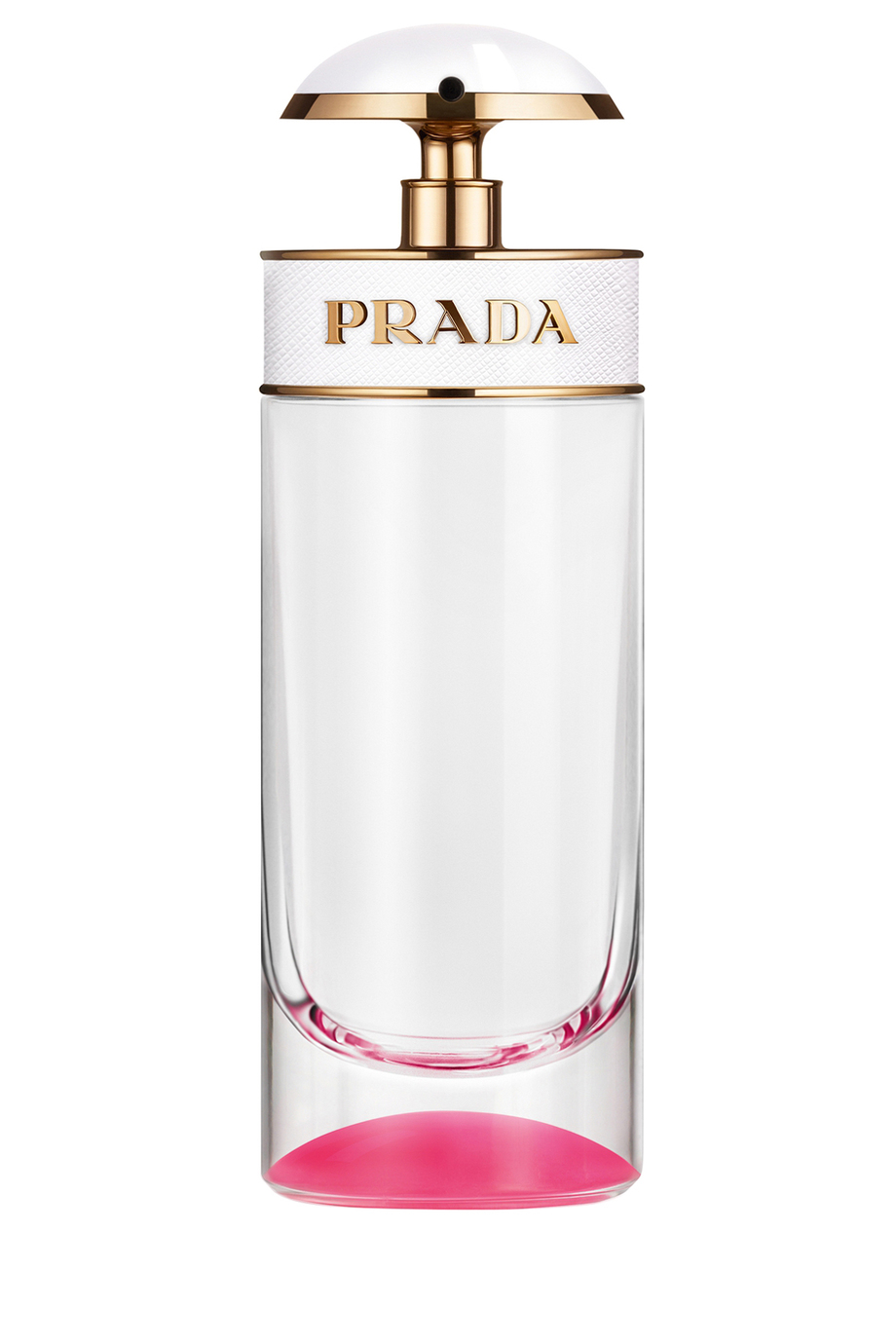
Candy Kiss by Prada. Notes of vanilla, orange, blossom, and musk.
-

Lady Million Prive by Paco Rabanne. Notes of cacao, honey, patchouli, vanilla, and raspberry.
-
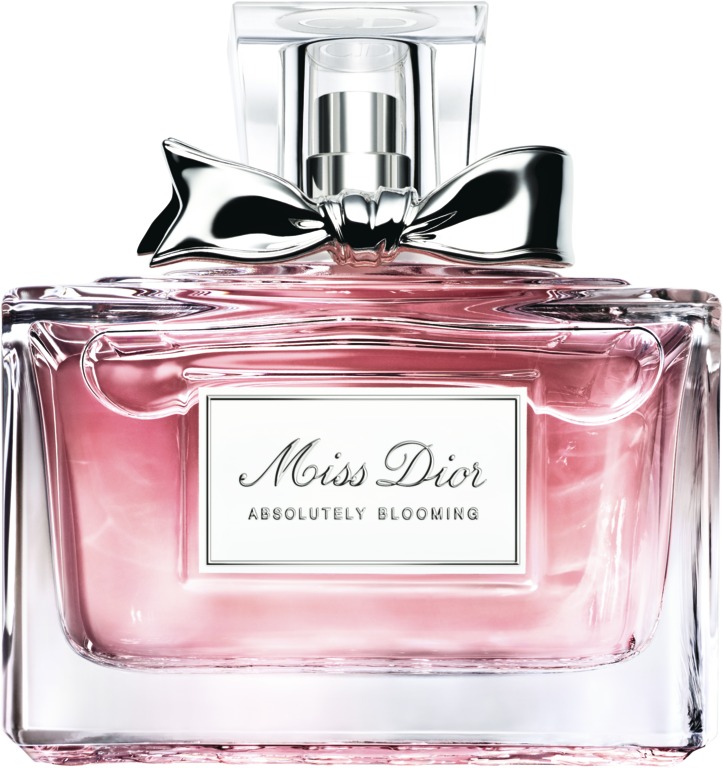
Miss Dior Absolutely by Dior. Notes of red berry sorbet, grasse-rose, and white musk.
-
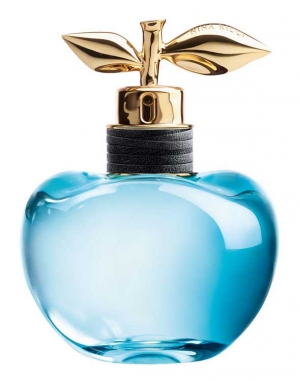
Luna by Nina Ricci. Notes of wild berries, orange blossom, caramel, and vanilla.
-
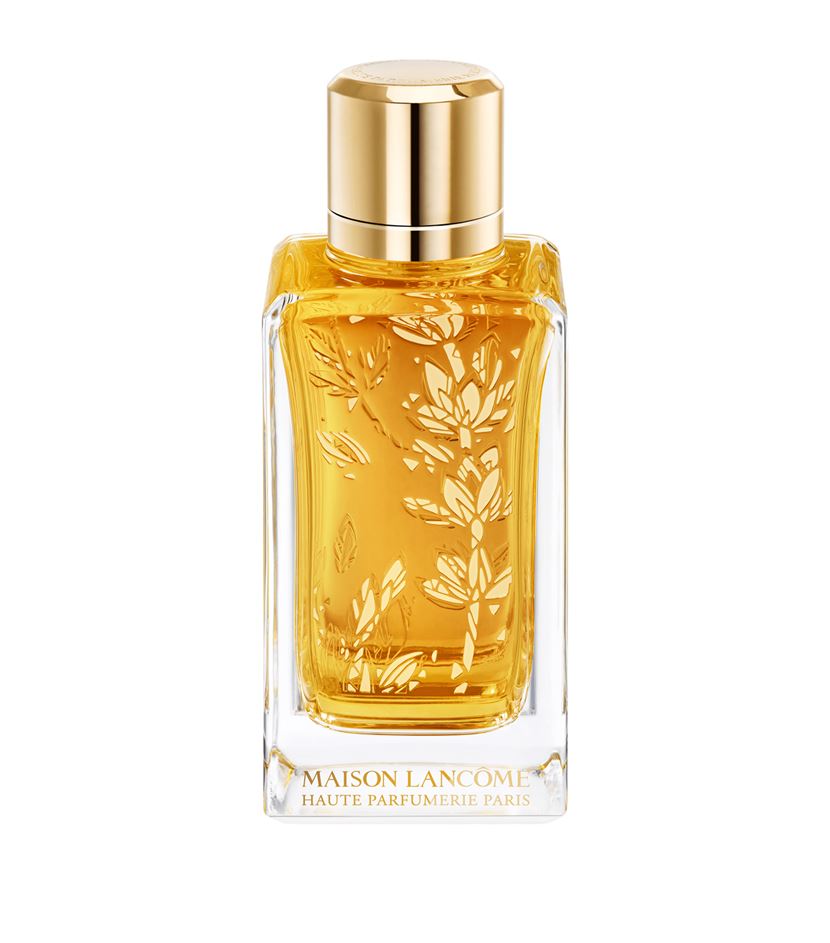
Lavandes Trianon by Lancome. Notes of caramel, vanilla, lavender, and warm milk.
-
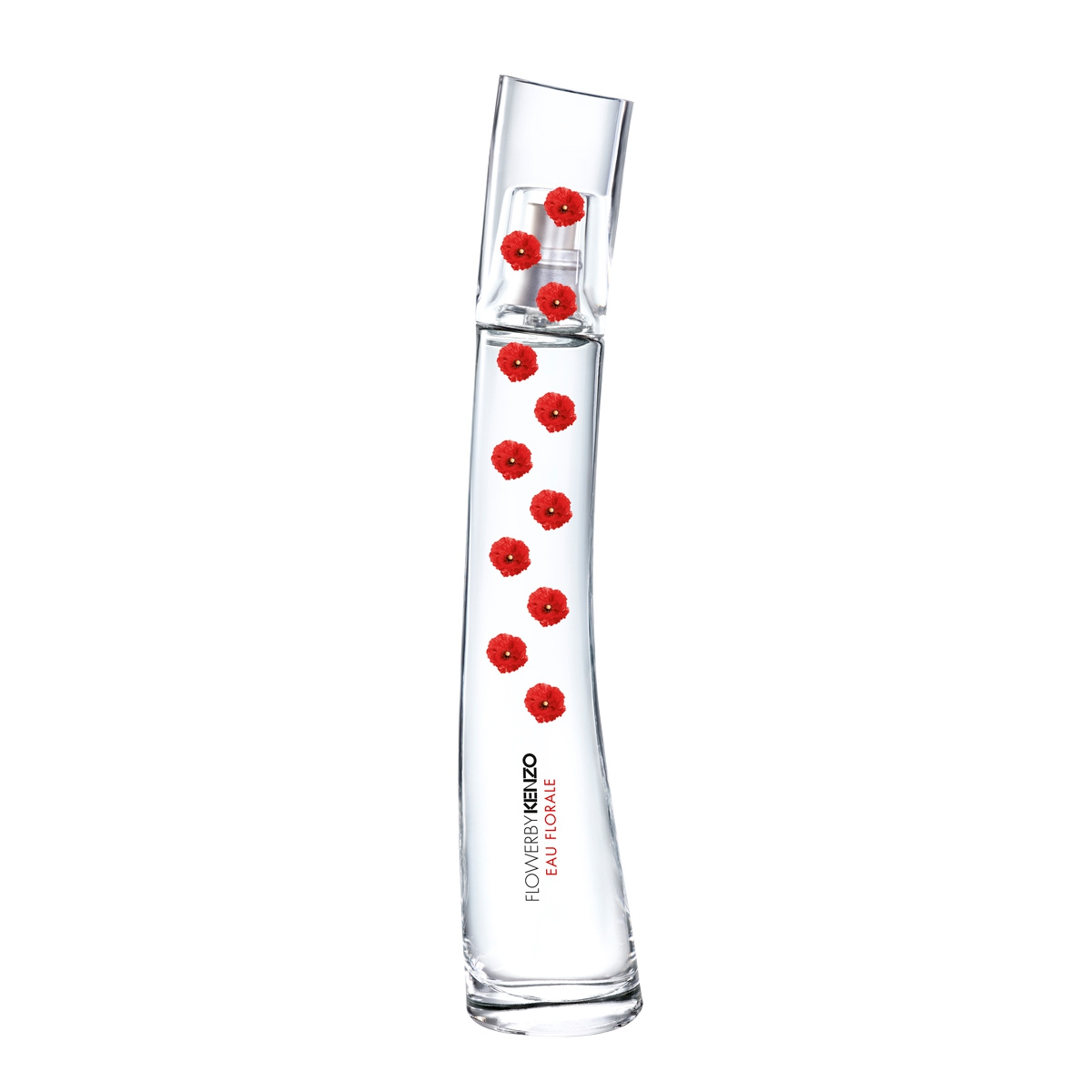
Flower by Kenzo Eau Florale. Notes of pink grapefruit, peony, mandarin oranges, and Bulgarian rose.
The Rise of Candy-Sweet Perfumes
Mouthwatering scents.
Aromas of vanilla, chocolate, caramel, and spun sugar have been so prevalent this year that if blindfolded, one would hardly be able to distinguish between an olfactory laboratory and a candy shop.
Known as “sweet gourmands”, scents with strong dessert-like notes have been sugar-rushing the market throughout 2016. Dior, Nina Ricci, Paco Rabanne, Lancome, Kenzo, and Prada (their new Candy Kiss, the fourth addition to the playful Candy line, is the cohort’s most literal offering) have all whipped up their own tempting recipes.
And perhaps the year’s most exciting contribution to the world of sweet gourmands comes from the category’s inventor, French designer Thierry Mugler. The new Angel Muse, a futuristic fragrance with a hazelnut cream top note, is intended to orbit Mulger’s genre-defining 1992 release, Angel, which was “an extraordinary confection” in and of itself, says London fragrance expert Michael Edwards.
Angel, an intricately-layered accord of ripe fruits, honey, chocolate, patchouli, and caramel, was the world’s first sweet gourmand, and “started a succession of gourmands that fragrance psychologist Joachim Mensing called ‘olfactory desserts,’” says Edwards. “Even though the main ingredient that gives a candy floss note, ethyl maltol, was used in trace amounts in previous perfumes, never before had it entered a composition in such a sweeping way,” adds Athens-based fragrance expert Elena Vosnaki.
Contrasting with patchouli, which has chocolate facets itself, the effect is delicious, but still rather dark—meaning, not overly-sweet (think: a salted caramel macaron, or slice of Momofuku Milk Bar crack pie). “Many gourmand scents on the market have multiplied the percentage of sweet praline-like ingredients by the bucket-load, and appear heavily sweet but not dark,” says Vosnaki. Vosnaki jokes that the sweet effect in La Vie est Belle by Lancome, for instance, is like “Godzilla taking over Manhattan”. It is certainly unabashed; containing a staggering 4 per cent ethyl maltol compared to the 0.1 per cent in Angel.
Yet the new crop of modern fragrances seem to convey the industry’s understanding that, while nobody wants to smell like a meringue, consumers swarm to sophisticated sweetness. Now, perfumers are demonstrating a capacity to temper sugar with the addition of spicy, or even salty notes—and in doing so have wrested interest away from the hyper-florals which have dominated the market for the past five years. “The salty-sweet trend reflects a desire to marry the crowd-pleasing sweet edible gourmand genre with something that cuts through the tooth-decaying effect, in this case salt,” says Vosnaski. “This also has added benefit of recalling high-end chocolate with salt sprinkled on it.” (Jo Malone’s recent Wood Sage and Sea Salt and Creed’s Imperial Millesime are examples of salty-sweet dichotomy).
Vosnaki feels modern consumers are drawn to dessert-like fragrances for a variety of reasons; they’re warm, sexy, appeal to every generation, and can be beautifully nostalgic—as well as represent a daily indulgence. “Although food is everywhere and quite glamourized [in the western world] very few people actually indulge without feeling bad about doing so,” says Vosnaki. Fragrances with sweet, edible notes provide an alternate way to enjoy a little treat. Indeed, whether one’s tastes in scent veer classic or avant-garde, there is always room for something sweet.

